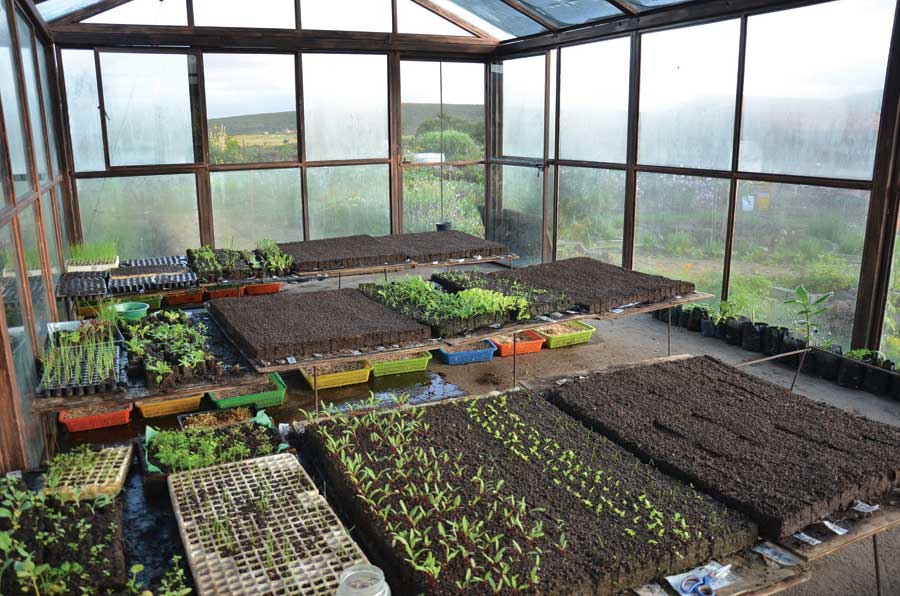Wild native plants that are suitable for local gardens
31 Mar 2016
Wild for Wild Ones:
The Rockies are full of wild native plants and many are suitable for local gardens.
By Panayoti Kelaidis I know a handful of “purists”—native-plant enthusiasts who insist the only plants you should grow in a garden are ones that nature might have planted there originally (i.e., native plants). Although I don’t subscribe to the fundamentalist extreme of native-ONLY gardening, I do believe native plants are terribly underutilized in our gardens. And I do believe we should use them on a larger scale for parking strips, most industrial garden plantings, roughs in golf courses and many parts of large parks, which would be much more attractive and far more durable if they were planted with something approximating the original wild plants that would have grown there naturally. Let’s not declare a jihad against exotic flowers (I don’t think it’s nice to tell people how to conduct themselves in their garden beds), but I suspect most of us have a part of our garden that would be better off if it “went native.” I live on a half-acre lot, and if it was planted with vegetable gardens and English-style borders it would cost me hundreds of dollars a month to irrigate in summer. Wisely, we designed half our garden to be un-watered, or nearly so. (I give in during the worst droughts, and often give the natives a drink or two a year—usually just before the skies open up and drop buckets of rain.) A few visitors like my native garden even more than the watered parts of the yard. They are the sophisticates. I have to admit that most garden visitors tend to tiptoe past my natives, and heave a conspicuous sigh of relief when they hit the bluegrass and English-style portions. But they relent at certain times of the year when the natives reign supreme with gorgeous blooms and wonderful forms. Before you leap enthusiastically into growing natives, a few provisos are in order: Most traditional garden plants have been rigorously selected over decades, even centuries, for their look and performance. Clones are by definition uniform and predictable. Most native plants are grown from wild-collected seed and often produce a range of habits in the garden, which can concern a tidy gardener used to uniform cultivars. Nature, however, abhors uniformity, so if you choose to grow natives you may have to tolerate a somewhat more “natural” (read: scruffy) look. Or else seek out and grow only cultivars among the natives (and there are many) that will give you a more showy and predictable performance. The second secret that native-plant gardeners never tell you is that native plants are not always easy to grow. Because a plant is native doesn’t mean it should be neglected. Colorado native plants come from all types of habitats—from desert to alpine tundra to everything in between, including bogs, woodlands, ponds and rocks. A native plant that thrives on the mesas near Boulder may grow very differently in the garden. Fortunately, many natives are splendidly adapted to local gardens. Here are my picks for blooms from spring to summer.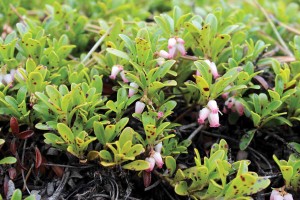
March Bloomers
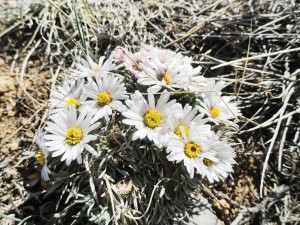
Photo by Aleksey Karpenko.
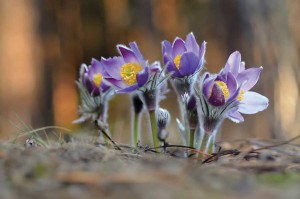
Photo by Aleksey Karpenko.
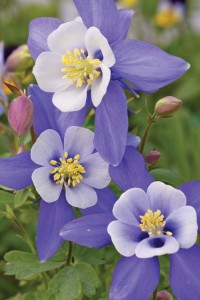
April Bloomers
By April, many more wildflowers are starting to kick in.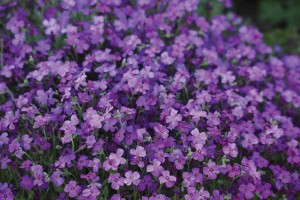

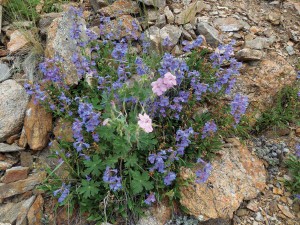
May Bloomers
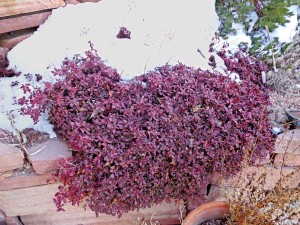 By May there is often an embarrassment of riches in our native gardens. Here are a few that are unassailable.
By May there is often an embarrassment of riches in our native gardens. Here are a few that are unassailable.
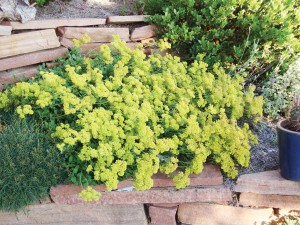
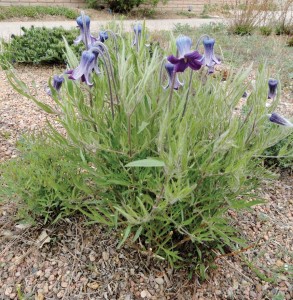
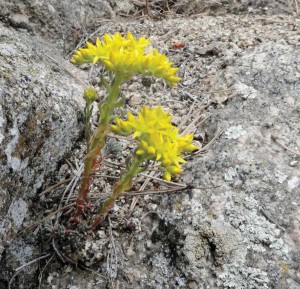
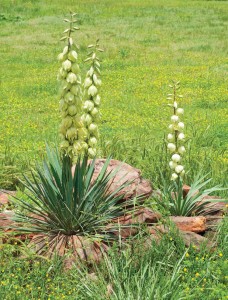
June Bloomers
In June, the foothills and mountain parks are blazing with color. For a wise native-plant gardener, June is always a rewarding month.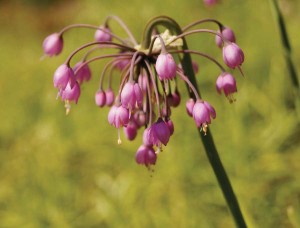
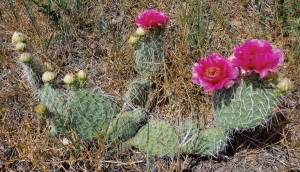
The main reason to grow native plants is simply because they have a certain “je ne sais quoi” grace of wildness. Some people grow natives because they attract native pollinators—a noble cause. But the reason I love natives is because grown together, in a sort of ecological fashion with some native grasses and shrubs, they often develop into a very low-maintenance and pleasing design. Best of all, native plants are stunning year-round. Many are evergreen, and even non-evergreen ones often have graceful habit and form. A garden of natives looks good in winter when most cultivated gardens look homely and empty. Natives do best when grown from seed and planted out of pots. They hardly experience transplant shock that way and can be planted in almost any season. And natives are good for the water bill. Many thrive without any supplemental irrigation, and all do well with far less than what we usually pour on our exotic gardens. So try developing a corner for natives in your garden. Trust me, it will quickly become your favorite spot!
 Panayoti Kelaidis is senior curator and director of outreach at Denver Botanic Gardens.
Panayoti Kelaidis is senior curator and director of outreach at Denver Botanic Gardens.


